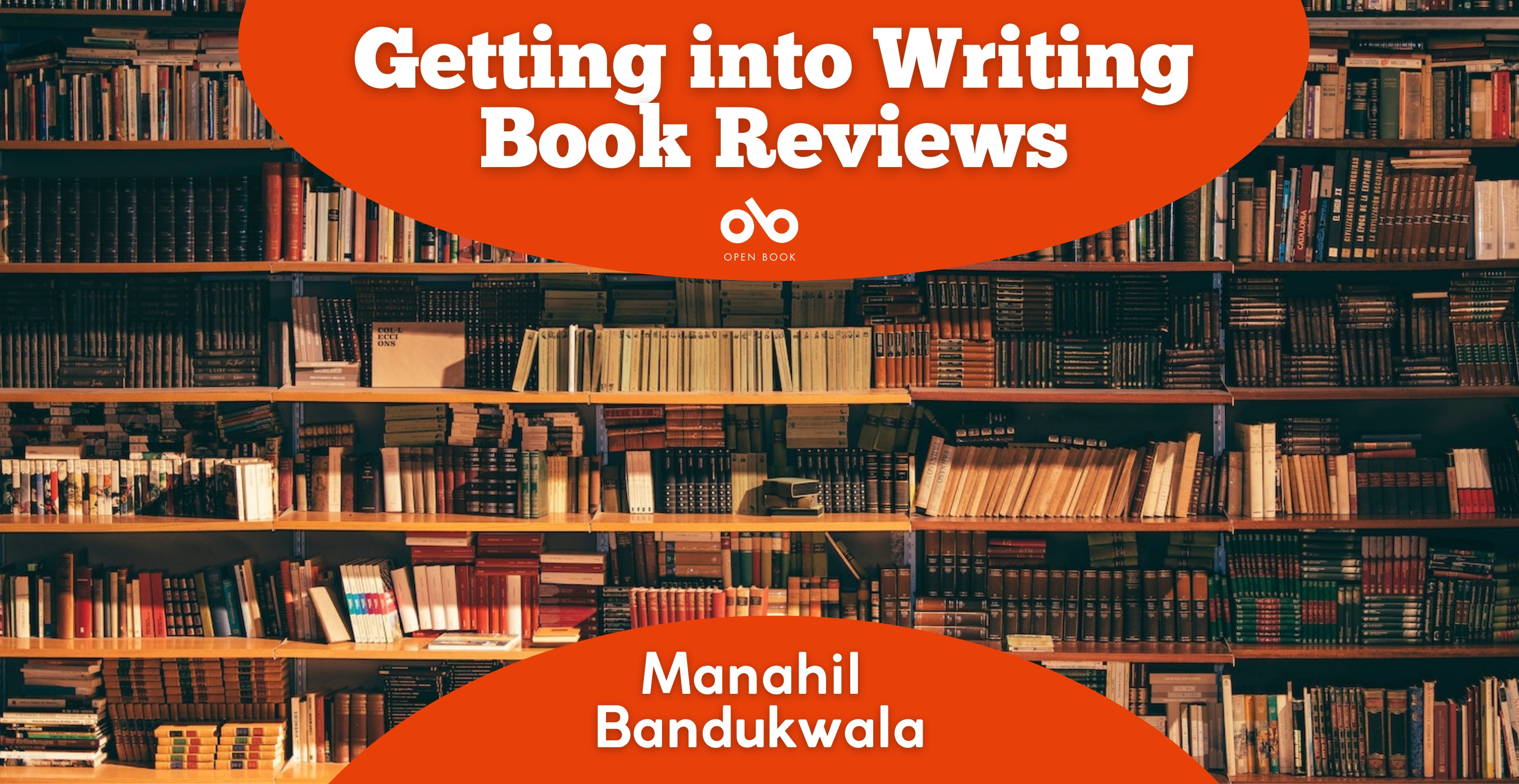Getting into Writing Book Reviews
By Manahil Bandukwala
Book reviews are a key part of the book ecosystem. Long after a book’s publication date, book reviews help keep titles in relevancy. They can be useful marketing tools for a writer’s arsenal. They’re also interesting because they don’t necessarily have to be all praise, though navigating criticism can be tricky for reviewers.
As a reviews editor, I’ve often worked with reviewers who have never reviewed a book for a magazine or journal before. To me, it’s a joy to work with these reviewers because it feels like bringing another reviewer into the fold of the book review ecosystem.
Reviewing can be difficult, and sometimes unrewarding. I don’t say this to dissuade reviewers, but more to contextualize the tips and tricks I’ve developed for myself to write good and thoughtful reviews without overextending myself or my time.
As a writer, I find reviewing makes me better at my craft. I pay attention to details that I wouldn’t otherwise notice. When it came to structuring my first full-length poetry collection, the previous books I had reviewed formed a research basis of sorts as I compared how different poets approached poetic arcs and structures.
Below, I’ve outlined three steps you can take to begin writing reviews. There’s obviously more to do when it comes to writing book reviews, but I hope these three points have helped make the process less intimidating to venture into—especially if you’re concerned about not having a strong reviewing background.
1) Pitch your review to a magazine or journal
The first step to starting to review is to pitch your review.
To find places to pitch, I look at Canadian journals, which often publish book reviews alongside poetry and prose. You can also see where your favourite writers are getting reviewed. This is also where you find out if a place pays for reviews or not.
When I’m pitching to a magazine for the first time, I like to include links to previous book reviews I’ve published. When I’ve worked with writers who have never reviewed before, I usually request a writing sample—this sample could be anything, including a paper from school, as it’s just for the reviews editor to gauge the writing style of the prospective reviewer.
I also like to include a couple of titles in my pitch, in case one of the titles is already claimed for review.
Your CanLit News
Subscribe to Open Book’s newsletter to get local book events, literary content, writing tips, and more in your inbox
Tip: Have a familiarity with the work of the writer you’re reviewing
It’s not necessary to have already read the book you’re interested in reviewing, but I find being familiar with the writer can help me decide whether I would be interested in engaging with the book or not. Often what prompts my interest in reviewing specific titles is having read a poem from the poet, or a story from the collection.
Other times I just go by what looks interesting in the book’s blurb, but applying the above makes reviewing a more fun experience.
2) Mark up the book as you read
This advice is especially true for reviewing poetry. There are so many times I’ll be reading and be stunned by a line. If I don’t mark the line, I spend far too long looking for it when I sit down to write the review.
So, my review process typically involves keeping sticky notes at hand when reading a book for review specifically. You can also mark up and dog ear the pages if you like, but I prefer the sticky note method to keep the copy of the book clean once I’m done.
I’ll make brief notes and mark passages as I read, and also make notes of lines I want to cite in the review. When I’ve finished the book and am sitting down to write the review itself, I find the text comes together very quickly because I’ve done a lot of the critical work ahead of time.
Reviews are usually 500-1000 words, depending on where you’re reviewing for. With the shorter reviews in particular, I find myself reaching the word count without even having tackled everything I want to say. The hardest part of a review is getting the words down, so once that is done, I can edit, increase, and reduce as needed.
3) Proofread your work and then send it off to the reviews editor
That’s it! Your review is done.
This note is a given, but it’s also a reminder that there is an editor on the other end receiving your work. I proofread and edit my own work, but there will likely be an editor on the other end who will catch glaring errors. I say this to remove some of the intimidation involved in publishing a review.
The views expressed by Open Book columnists are those held by the authors and do not necessarily reflect the views of Open Book.
Manahil Bandukwala is a multidisciplinary artist and writer. She is the author of Women Wide Awake (Mawenzi House, 2023) and Monument (Brick Books, 2022; shortlisted for the Gerald Lampert Memorial Award), and numerous chapbooks. In 2023, she was selected as a Writer's Trust Rising Star. See her work at manahilbandukwala.com.



